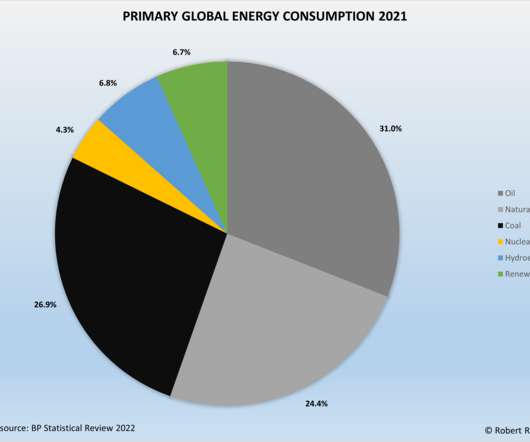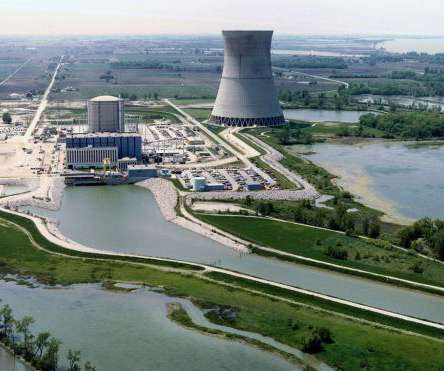Highlights from the 2022 BP Statistical Review
R-Squared Energy
JULY 13, 2022
It is a primary data source for numerous companies, government agencies, and non-government organizations. The remaining share of primary energy use consisted of hydroelectric power (6.8%), renewables (6.7%), and nuclear power (4.3%). Global coal consumption has been on a downward trend since peaking in 2014.














Let's personalize your content